Our time in Victoria Falls was busy but happy – there’s a wide variety of things to do here, from spa days to white-water rafting. This corner of Zimbabwe has managed to keep going despite the country’s ups and downs.
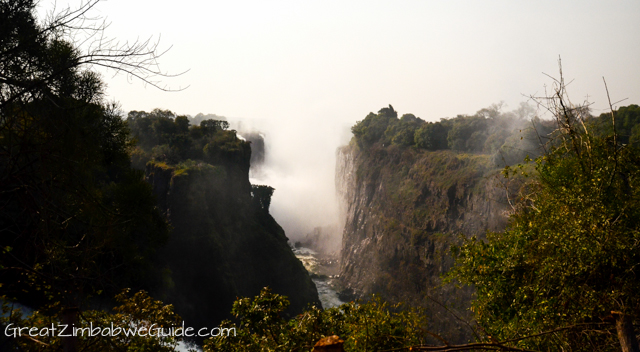
One of the first things we did here was to see the waterfalls themselves. The Victoria Falls are the reason that there’s a town of the same name here, after all, and it’s no surprise that seeing the falls is my number one thing to do in Victoria Falls. These waterfalls are the biggest in the world because of their combined width and height. Describing them as awe-inspiring just doesn’t cut it. Even without seeing the falls, hearing their noise alone is enough to fill me with a sense of wonder.
A guide from Wild Horizons took us on a tour of the falls, which was a new experience for me because we’d previously done self-tours. Our guide, Francis, had 18 years of experience and it certainly showed. He introduced Victoria Falls by telling of the man whose name has become synonymous with the area: David Livingstone. He told us of Livingstone’s passion to create a trade route across Africa along the Zambezi River, and how this plan was dashed when he discovered the waterfalls here. Francis explained the geological forces beneath the waterfalls, the borderlines of the countries around it, the history of the famous bridge, and much more. He was funny and personable, a fisherman at heart who had exciting tales of tiger-fishing in the rapids of the Zambezi River. I really enjoyed hearing about the waterfalls by a specialist because he brought a fresh perspective to the area, and was such good company that I only wished we’d had more time. My advice for tour companies in the area would be to invest in training young guides so that there can be more out there who are as knowledgeable and confident as Francis.
There are 19 viewing points of the falls, each showing different sections of the waterfalls with different names. 15 of the viewing points are in Zimbabwe, 4 are in Zambia. See a map of the viewing points here.
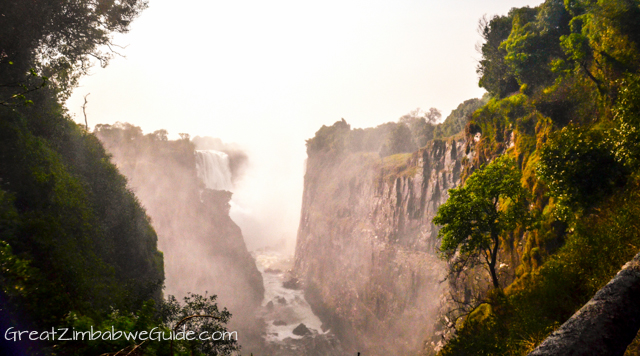
The first sighting of the falls at viewing point 2 is of Devil’s Cataract.
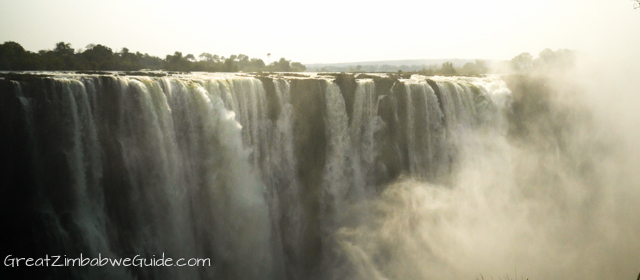
View of the Main Falls.
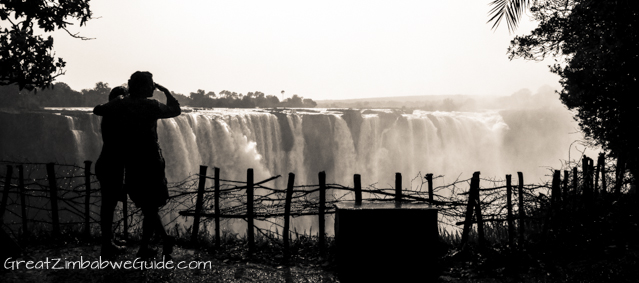
Taking in the Main Falls. The palm tree in the distance shows just how big the falls are.
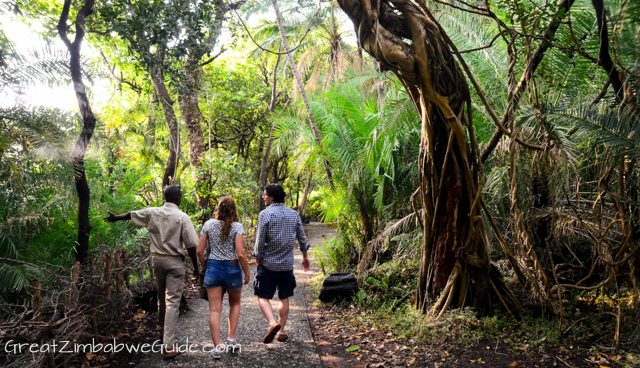
Between viewing points, walk through the rainforest created purely by the spray of the waterfalls.
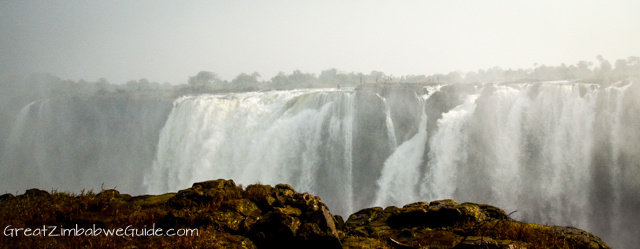
View of Rainbow Falls. Here you can see people on the far side (the Zambian side), en route to Devil’s Pool. This is only done in low water season – this photo was taken on the first day Devil’s Pool was opened for visitors this season.
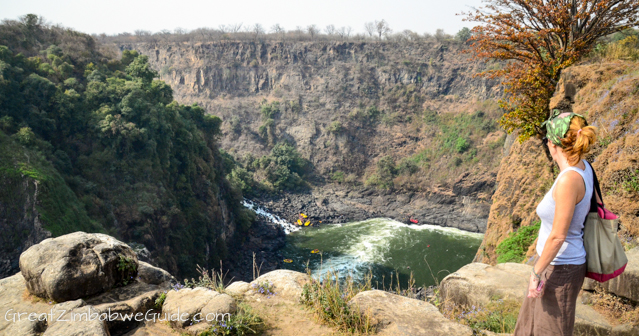
Looking down at the Boiling Pot, the start of the Zambezi white-water rafting trail.
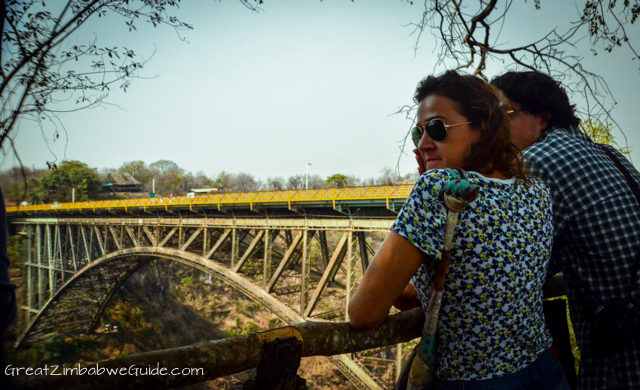
Victoria Falls Bridge, built as part of Rhodes’ Cape to Cairo dream.
We visited the falls in August, which is the end of the high water season. I definitely noticed that the water was lower than when I’d been in April (which is high water season) the year before, but this place is thrilling to see at any time of the year. I also noticed that the paths and barriers had been cleaned up and tidied since 2012 which was good, and even better, the natural, unobstructed feel of the place has been retained.
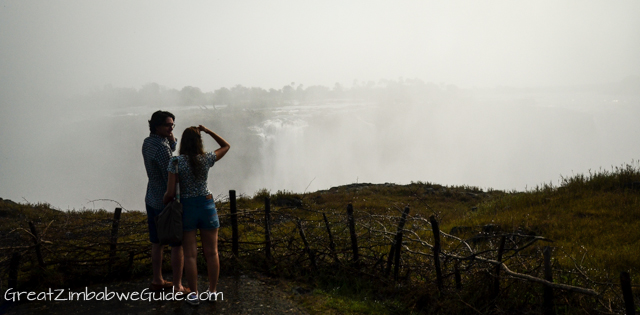
It’s not hard to see why Victoria Falls was called “The Smoke That Thunders” (“Mosi-O-Tunya”) in the local language: the spray of water reaches up to 500 metres high and is visible from 70 kilometres away. The sound of the powerful Zambezi River spilling into the ravine can only be described as a low thunder – and you will hear it even when you are kilometres away. Victoria Falls is twice as high and 1.5 times wider than Niagara Falls. It’s 1.7 km wide (just longer than a mile) and over 100 metres high.
To book this activity contact Wild Horizons.
Part of the Classic Zimbabwe holiday series. Read the next post where we ride elephants: Elephant Safari with Wild Horizons
Also see: Victoria Falls travel guide

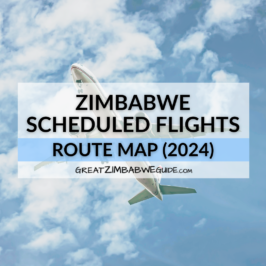
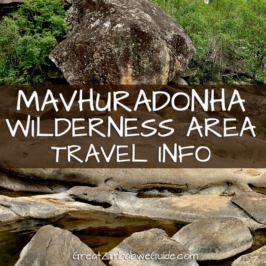
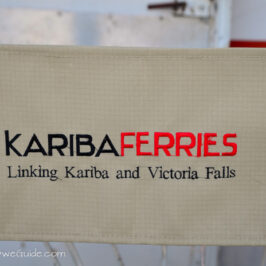
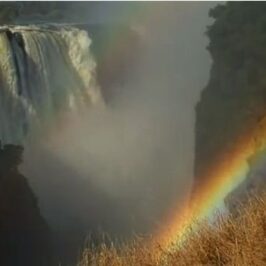
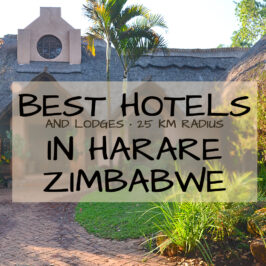
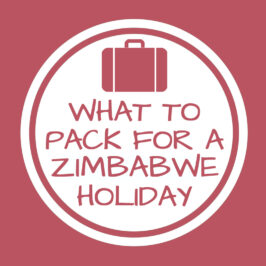

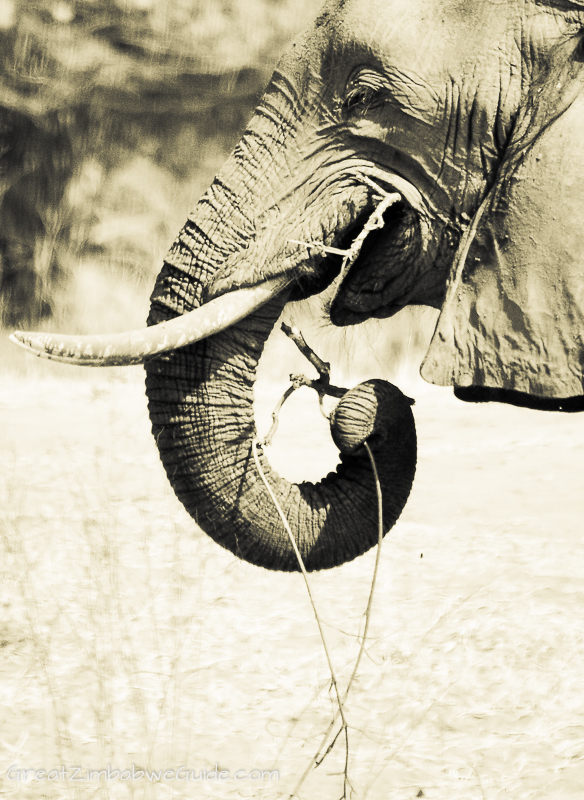
Leave a Reply